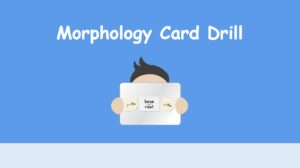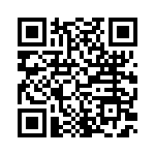Literacy Leaders Session Recording May 15 2025
Please find below the online recording of the Literacy Leaders Session held on the 15th of May 2025

Pure Sounds: avoiding schwabecues
Pure sounds are crucial to forming accurate mental representations of speech sounds (phonemes). Most of us have taught from programs that are a little sloppy on phoneme pronunciation and have formed not-so-great pronunciations. This video covers some of the trickier phonemes and their pronunciations in Playberry Laser T1-2. Some schools use this video in staff meetings to get sounds pure and have a good laugh at each other! Some teachers show this to students, and some even send it home to parents.
Playberry Laser Teacher Tips
There’s a lot to for teachers to habituate when learning to run effective structured literacy lessons. At Playberry Laser T1-2 we’re constantly thinking about the small, easily missed pieces of practice that make huge differences to teacher effectiveness. We’re creating a growing collection of teacher tip slides to help make explicit what great teachers do implicitly.

Australian Curriculum v9.0 and Playberry Laser T1-2 Literacy Program
The following document illustrates the correlations between the Playberry Laser Literacy Program and the Australian National Curriculum v9.0 for English (ACARA, 2022). It includes a discussion of the English curriculum’s strands and a list of the individual F–6 content descriptions most directly linked to the program.

Playberry Laser T1-2 Parent Information
Structured literacy teaching looks different to how students were previously taught to read and spell. A compelling body of research from across many scientific disciplines of has shown us that there is one way to teach children to read and spell that gets better results than the others, and finally, these methods are taking root in schools. This body of research is sometimes referred to as The Science of Reading. However; it is important to understand that this doesn’t refer to any one particular program, it is a methodology that many high-quality literacy programs use.

Updated 2024 Teacher Manual
This is the blog post form of the Teacher Manual. This is also available in the Teacher Reference section.

How to use Morphology Catch Up Lessons
Some classes won’t have been taught the morphology previous to their point in the Playberry-Laser scope and sequence. We have developed morphology catch-up lessons to get them up to speed.

Paired Fluency Reading Routine
Fluency pairs are highly effective when done well and monitored closely.



